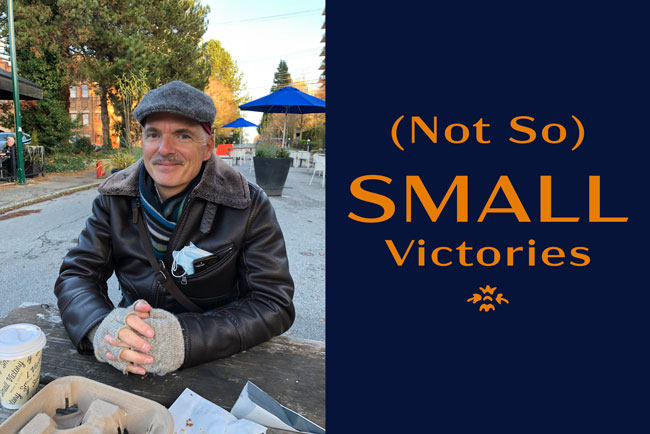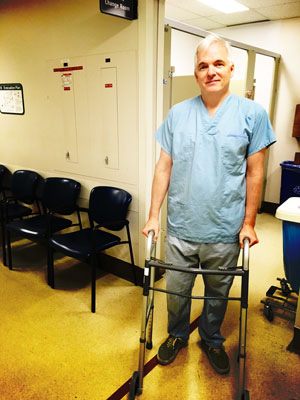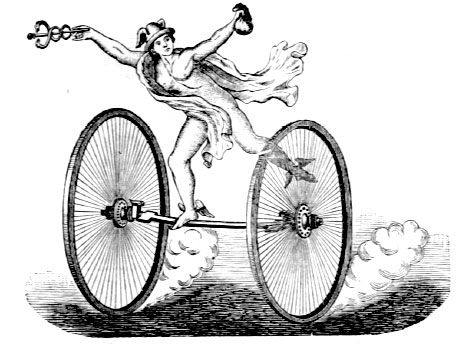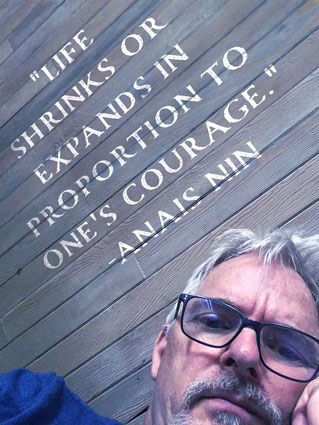One of the commonest complaints about playing the low-D whistle is running out of breath. While a simple solution is to take more breaths, it doesn’t really address the source of the problem (and the musical phrasing of the piece you’re playing may not justify taking all those breaths). A better solution is to optimise the air moving through the instrument so that it’s not wasted. A common mistake when playing up the octave is to simply blow harder. While this works (sort of), it’s precarious and creates a harsh sound.
Fast Air
Consider this well-intentioned attempt to describe of air control in which the instructor describes “cold” and “hot” air.
This is really good material although it never properly defines “hot” and “cold” air. Those terms are concepts only as the temperature of the air is never the issue. What’s at issue is the speed of the air as it passes through the instrument. Therefore, it’s better to use the more common terms, “slow” and “fast” air. In the video, the speaker correctly identifies that fast air (she says “hot” air) is produced by pursing the lips and supporting from the diaphragm. Not mentioned, and important to the process, is adjusting the tongue position in the mouth.
Fast air is a method of condensing the air as it moves through the whistle. It’s the same idea that aeronautics maintains when describing lift: Lift, the force that directly opposes the weight of an airplane, holds the airplane in the air. The low pressure created by the shape of the wing forces the air to move faster and pull the plane up.

Translated into whistle, you’re trying to make the air move faster by moving it through a smaller chamber. How you do that is with tongue position. Very often, players play with an “awe” vowel sound, but that moves the air through the instrument too slowly. It’s wasteful and consequently, the player runs out of air quickly. In the aeronautic lift analogy, it’s like putting a rocket booster onto a glider to achieve lift. Yes, the plane goes up but not through its design — it does it in spite of its design.
To play with fast air, practise by saying the word “Hugh”. Where does your tongue go? It should go up and forward. The effect is a smaller chamber through which the air passes, thus forcing the air to speed up (the Lift effect).
Octave Exercise With Fast Air
First, experiment playing with an “Awe” tongue position (what the nice lady in the video describes as “cold” air). You’ll find that you have to blow harder to play higher notes. But if you play with a “Hugh” tongue position, the upper notes will float out effortlessly. Experiment until you can control exactly when the note will jump the octave. My approach is to play with a fast air “Hugh” tongue position just backing off enough to give me room to control when I want to play up the octave.
Practice this. Play slowly and observe the slur marks.








